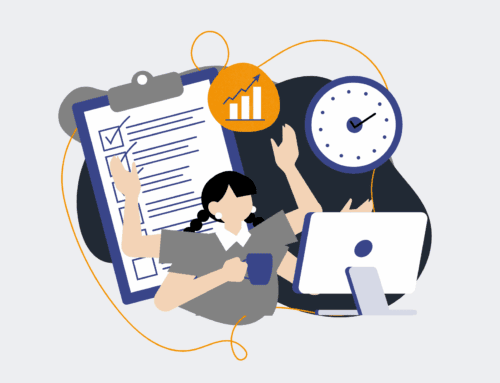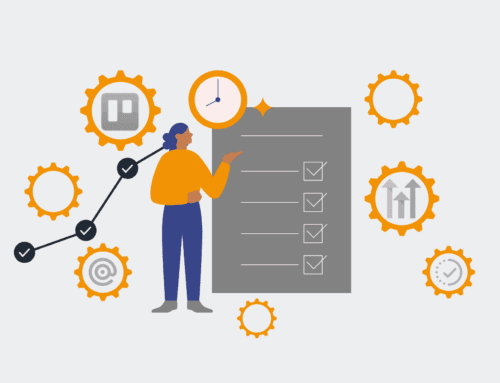Implementing AI for Predictive Employee Attrition: A 7-Step Playbook for HR Leaders
Predictive employee attrition is no longer a futuristic concept but a strategic imperative for HR leaders facing talent shortages and high turnover costs. Leveraging artificial intelligence allows organizations to move beyond reactive retention efforts, anticipating who might leave and why, enabling proactive interventions. This guide outlines a clear, actionable playbook to implement AI-powered predictive attrition models, transforming your HR strategy from guesswork to data-driven foresight. At 4Spot Consulting, we believe in empowering HR with tools that not only predict but also drive tangible business outcomes, saving valuable time and resources.
Step 1: Define Your Objectives and Data Needs
Before diving into algorithms, clarity on your goals is paramount. What specific outcomes do you aim to achieve? Is it reducing overall turnover, identifying flight risks in critical roles, or understanding the root causes of attrition? Clearly articulate these objectives to guide your data collection and model design. Simultaneously, identify the types of data that can inform these predictions. This includes historical employee data (tenure, performance, compensation), HRIS records, engagement survey results, and even external market data. Understanding data availability and quality from the outset will shape the feasibility and accuracy of your predictive model.
Step 2: Gather and Prepare Your Data
Data is the fuel for any AI model, and its quality directly impacts the model’s performance. Begin by centralizing all relevant employee data from various HR systems. This often involves integrating disparate sources like HRIS, payroll, performance management, and learning platforms. Data cleansing is a critical next step: addressing missing values, correcting inconsistencies, and standardizing formats. Feature engineering, where raw data is transformed into meaningful variables (e.g., “time since last promotion” or “sentiment score from surveys”), is essential for the model to learn effectively. This preparation phase is laborious but foundational for building a robust and reliable attrition prediction system.
Step 3: Choose the Right AI Tools and Models
Selecting appropriate AI tools and models depends on your technical capabilities and the complexity of your data. For HR leaders, leveraging low-code/no-code AI platforms can democratize access, allowing teams to build and deploy models without deep programming expertise. Common AI models for attrition prediction include classification algorithms like Logistic Regression, Decision Trees, Random Forests, or Gradient Boosting Machines. Each has its strengths in interpretability and predictive power. Consider starting with simpler, more explainable models before moving to complex ones. The key is to choose tools that integrate seamlessly with your existing HR tech stack and provide actionable insights, not just predictions.
Step 4: Train and Validate Your AI Model
With clean, prepared data and chosen tools, the next step is to train your AI model. This involves feeding historical data to the algorithm, allowing it to learn patterns associated with employee attrition. The dataset should be split into training, validation, and test sets to ensure the model generalizes well to new, unseen data. Validation is crucial to prevent overfitting and ensure accuracy. Metrics such as precision, recall, F1-score, and AUC (Area Under the Receiver Operating Characteristic Curve) are used to evaluate the model’s performance. Iteratively refine your model, experimenting with different parameters or even alternative algorithms, until it achieves a satisfactory level of accuracy and reliability for your specific business context.
Step 5: Integrate AI Insights into HR Workflows
A predictive model is only as valuable as its integration into practical HR operations. Don’t let your insights remain in a dashboard. Design processes to incorporate attrition predictions directly into HR workflows. This might involve setting up automated alerts for managers when specific employees are identified as high-risk, or integrating the insights into regular talent review meetings. The goal is to make the predictions accessible and actionable for the people who can make a difference. This integration moves AI beyond a mere reporting tool to a strategic partner in HR decision-making, enabling proactive engagement and personalized intervention.
Step 6: Develop Retention Strategies Based on Predictions
Once you can predict attrition, the focus shifts to developing targeted, data-driven retention strategies. AI models often reveal the key factors contributing to flight risk, such as compensation, workload, management quality, or lack of growth opportunities. Use these insights to tailor interventions. For example, if workload is a predictor, initiate conversations about resource allocation or process automation. If compensation is a factor, review market benchmarks. This targeted approach is far more effective than generic retention programs. Collaborate with managers to implement personalized stay interviews, development plans, or compensation adjustments, ensuring interventions are timely and address the specific drivers of potential departure.
Step 7: Monitor, Evaluate, and Refine
The implementation of an AI predictive attrition model is an ongoing journey, not a one-time project. Continuously monitor the model’s performance against actual attrition rates. Employee motivations and market conditions evolve, and your model must adapt. Regularly retrain the model with fresh data to maintain its accuracy and relevance. Gather feedback from HR business partners and managers on the usability and impact of the predictions. Use this feedback to identify areas for refinement, whether in data collection, feature engineering, or the chosen algorithms. This iterative process of monitoring, evaluating, and refining ensures your AI solution remains a powerful and effective tool for talent retention.
If you would like to read more, we recommend this article: Mastering AI in HR: Your 7-Step Guide to Strategic Transformation








